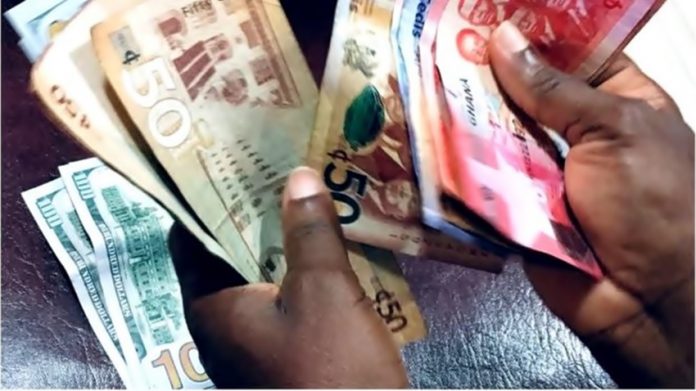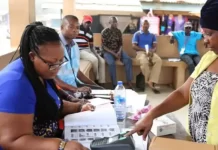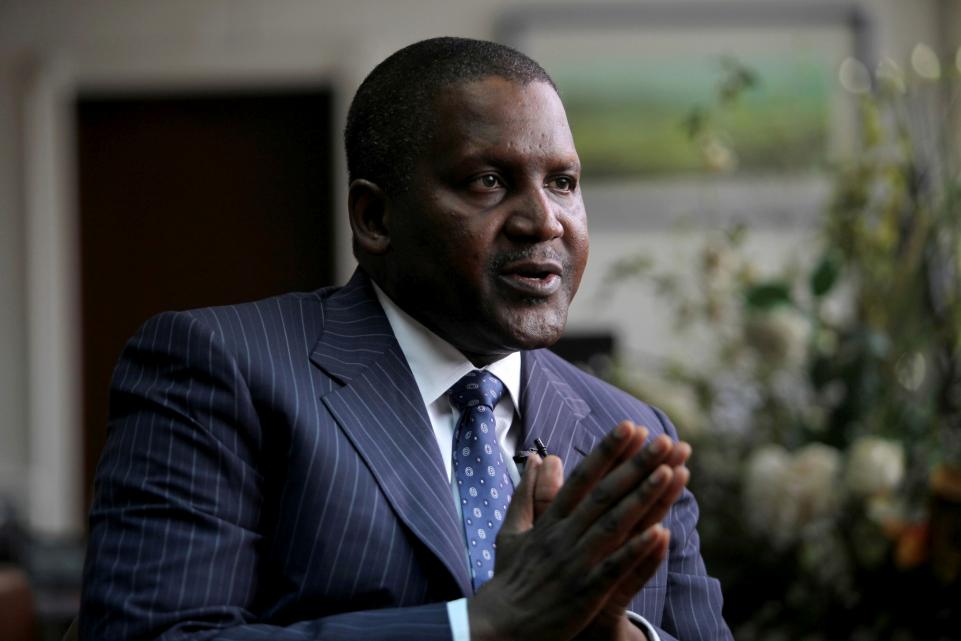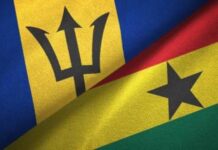
Businesses’ hopes of seeing lending rates come down may end up being only a dream, as the International Monetary Fund (IMF) has backed the Bank of Ghana (BoG) to tighten the monetary policy rate if conditions are not favourable.
The policy rate remains at 16 percent after the Monetary Policy Committee (MPC) of the Bank of Ghana maintained it for four consecutive times after it was reduced by 50 basis points in January 2019. What this means for businesses is that average lending rates will continue to remain high at around 30 percent, as the policy rate has a great influence on determining the cost of credit to businesses.
Some of the factors which affect computation of the policy rate include inflation, exchange rate pressures among others. This is where the IMF, in its 2019 Article IV Consultation Mission to Ghana, has advised the MPC to monitor developments well and tighten the policy rate if it deems circumstances unfavourable.
“The monetary policy stance appears appropriate, but it should continue to remain vigilant on inflationary risks. Tightening may become necessary should inflationary or exchange rate pressures emerge. The central bank’s focus on building external buffers going into 2020 is a welcome development,” the IMF said.
Even though inflation hit an all-time low of 7.6 percent in September 2019, the lowest ever recorded in 27 years, it was basically due to a rebasing of the inflation basket in August to capture recent consumption patterns of households.
So the current inflation rate, though lower than government’s medium-target of 8±2, may not necessarily move the MPC to cut the policy rate. In fact, Governor of the Central Bank, Dr. Ernest Addison, has even called for a downward review of inflation-targetting as he considers the current target to be unrealistic and uncompetitive for the economy.
“We were all quite surprised with the new rate of inflation of 7.8 percent, which came about because of the rebasing. So, we will try to access what that means in terms of our medium-term target and see what has to be done. We currently have a medium-term target of 8 percent – which means if we have to accept the 7.8 percent, then we are slightly below the medium-term central path of 8 percent.
“We think that maybe this is the time for us to review the optimal inflation target for a country like Ghana. When your trade partners’ inflation is below 5 percent and you have 8 percent inflation, then you are not competitive; so we must aim to drive inflation closer to our trading partners’ inflation rate.
“And if you agree with that argument, we should be looking at setting a lower medium-term target for inflation; whether it should be 5% or 6%, that’s where the target should be. But I expect that by the end of this medium-term period, we will probably have to reset the target for inflation lower,” he told journalists in Accra during a press briefing.
Source: thebftonline
























